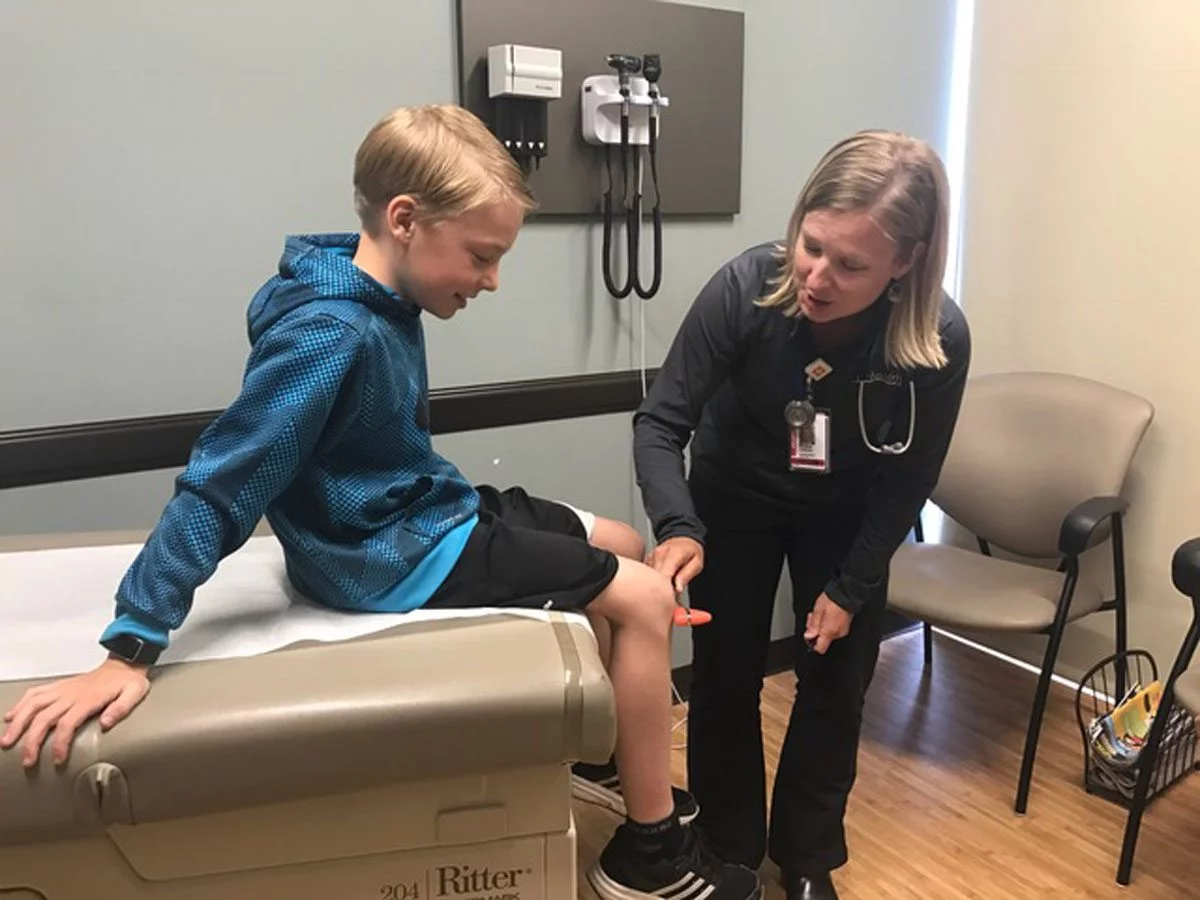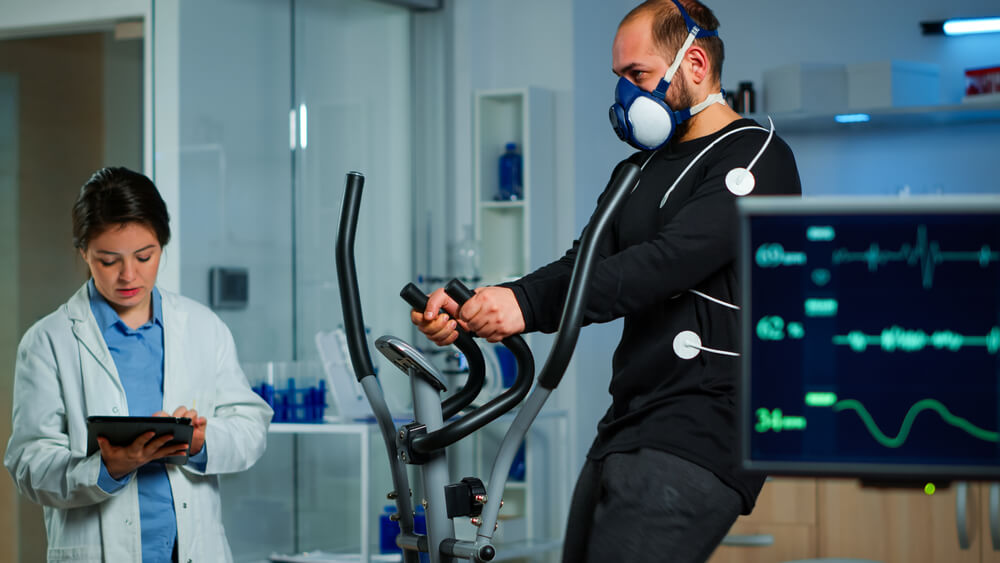I. Introduction
A. Overview of sports physicals
Sports physicals, also known as pre-participation physical examinations (PPEs), are medical check-ups that assess an individual’s health and fitness level before participating in sports or physical activities. These evaluations are typically required for children and adolescents who wish to join sports teams at school, college, or recreational leagues. The purpose of sports physicals is to ensure athletes are healthy enough to participate and to detect any underlying health conditions that may pose a risk during physical activity.
B. Importance of sports physicals for boys
Sports physicals are crucial for boys who want to engage in sports activities. By undergoing these exams, boys can ensure their bodies are prepared for physical activities and minimize the risk of potential injuries. These evaluations are not only useful for the detection of existing health conditions but also help identify any potential concerns that may arise in the future. Boys who participate in sports benefit from the physical, social, and mental aspects that sports offer, and a properly conducted sports physical helps guarantee they can safely enjoy these activities.
II. Purpose and Components of a Sports Physical
A. Evaluating general health status

- Height, weight, and body mass index (BMI) measurement
During a sports physical, medical professionals measure an individual’s height, weight, and calculate their BMI. These parameters provide insights into an individual’s growth and development and help determine if their weight is within a healthy range for their height and age. BMI calculation is especially important as excessive body weight or obesity can increase the risk of various health issues and impact overall athletic performance. - Blood pressure and heart rate assessment
Evaluating blood pressure and heart rate is crucial for determining an individual’s cardiovascular health. Understanding these measurements helps identify any potential heart-related concerns and ensures an athlete’s overall cardiovascular fitness, which is important for endurance and performance on the field. - Vision and hearing screening
Vision and hearing assessments are essential for athletes as they play a significant role in sports performance and safety. Visual acuity checks help ensure athletes have proper eyesight to accurately track a ball, read signs or cues, and react swiftly. Hearing screenings aim to identify any hearing impairments that may affect an athlete’s ability to communicate and respond to auditory cues on the field.
B. Assessing medical history

- Family medical history
Understanding an athlete’s family medical history is crucial as it helps identify any genetic predispositions or hereditary conditions that may affect their health and performance. These insights assist medical professionals in tailoring recommendations, monitoring specific conditions, and anticipating potential health issues that may arise during sports participation. - Personal medical history
Assessing an athlete’s personal medical history is vital for identifying any past injuries, surgeries, or existing medical conditions. This information enables medical professionals to understand an athlete’s unique health needs and provide appropriate recommendations to prevent further injuries or complications during physical activities.
C. Physical examination
- Examination of vital organs (heart, lungs, abdomen)
A comprehensive sports physical includes a thorough examination of vital organs such as the heart, lungs, and abdomen. This examination helps identify any abnormalities or conditions that may affect an athlete’s overall health, endurance, and physical performance. - Checking musculoskeletal system
A sports physical involves an assessment of an individual’s musculoskeletal system, including joints, muscles, and bones. This evaluation helps identify any existing injuries, joint instability, or muscular imbalances that may require further attention or specific training exercises. -
Assessing general strength and flexibility
Investigating an athlete’s general strength and flexibility is essential for determining their physical capabilities and identifying areas for improvement. Proper strength and flexibility are crucial to prevent injuries, maintain balance, and enhance overall performance in sports.
III. Identifying Potential Health Risks

In today’s fast-paced world, it is crucial to stay informed about potential health risks. Identifying existing medical conditions and uncovering hidden health issues can help us take proactive steps towards maintaining and improving our wellbeing. Here are some common health concerns that require attention:
A. Detection of existing medical conditions
- Asthma, allergies, and other respiratory conditions: Respiratory conditions can lead to difficulty breathing, wheezing, and allergies. Regular check-ups and monitoring of symptoms can help diagnose and manage these conditions effectively.
- Heart conditions and abnormal heart rhythms: Heart conditions are often silent until they reach an advanced stage. Regular cardiac screenings, such as EKGs and blood tests, can help detect any abnormalities and ensure timely intervention.
- Hypertension and other cardiovascular issues: High blood pressure is a leading cause of heart attacks and strokes. Regular blood pressure checks and monitoring can help identify and manage hypertension effectively.
- Joint and bone disorders: Conditions such as arthritis and osteoporosis can affect joint function and bone health. Regular orthopedic consultations and diagnostic tests can help with early detection and appropriate management.
- Mental health concerns, such as anxiety or depression: Mental health issues often go unnoticed due to stigma and lack of awareness. Regular check-ups with mental health professionals and open communication can help identify and address any underlying conditions.
- Substance abuse or performance-enhancing drug use: Substance abuse and the use of performance-enhancing drugs can have severe consequences for physical and mental health. Routine drug testing and honest conversations can assist in identifying and addressing these issues.
- Eating disorders and nutrition issues: Eating disorders, such as anorexia or bulimia, can have grave consequences if left untreated. Routine screenings, dietary assessments, and discussions about body image can help identify and address any potential eating disorders or nutrition issues.
IV. Preventive Measures and Education

A. Immunizations and vaccination status updates:
Ensuring that vaccinations are up to date provides protection against various infectious diseases. Regular check-ups with healthcare professionals can help stay informed about the latest immunization recommendations.
B. Injury prevention strategies:
- Proper warm-up and cool-down routines: Engaging in warm-up exercises before physical activities and cool-down routines afterward can help prevent injuries and improve performance.
- Safe sports equipment usage: Using appropriate sports equipment and ensuring proper fitting reduces the risk of injuries. Regular equipment checks and replacements, as needed, are crucial.
- Training techniques and conditioning programs: Participating in sports or physical activities with proper training techniques and following structured conditioning programs can help prevent injuries and improve athletic performance.
C. Encouragement of healthy lifestyle habits:
- Maintaining balanced nutrition: Eating a well-balanced diet rich in fruits, vegetables, lean proteins, and whole grains promotes overall health and reduces the risk of chronic diseases.
- Adequate hydration and fluid intake: Staying hydrated is essential for maintaining optimal bodily functions. Encouraging regular water intake and educating about the signs of dehydration can help prevent health issues.
- Sufficient sleep and rest: Getting enough sleep and rest is crucial for overall well-being. It aids in proper recovery, enhances cognitive function, and reduces the risk of mental health issues.
By recognizing potential health risks through accurate detection and staying proactive with preventive measures and education, we can prioritize our health and lead fulfilling lives. Taking steps towards a healthy lifestyle benefits not only our current well-being but also ensures a healthier future.



